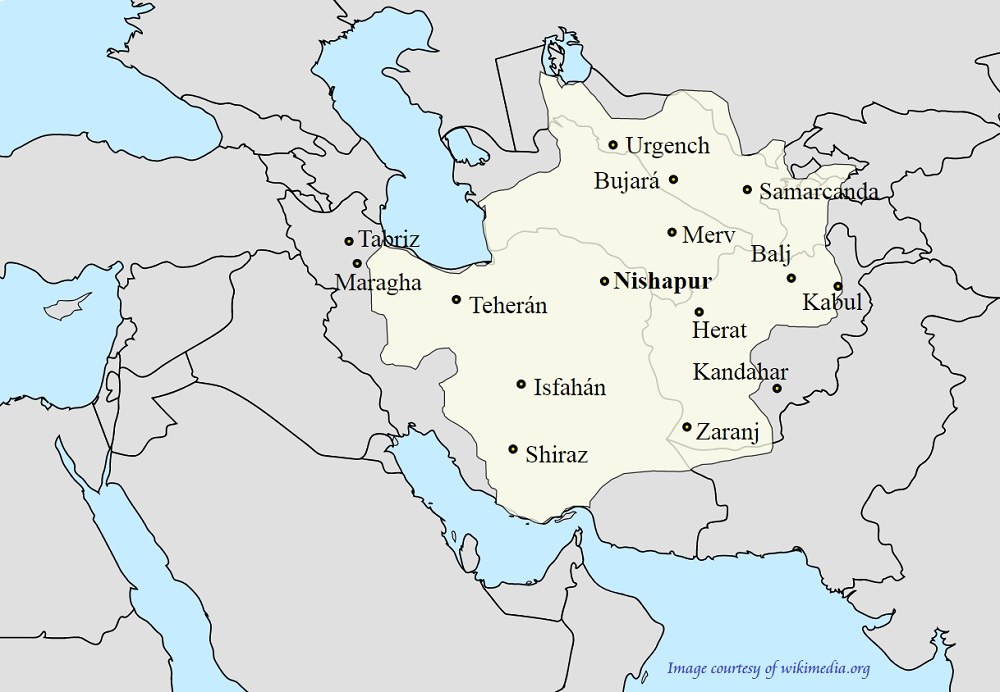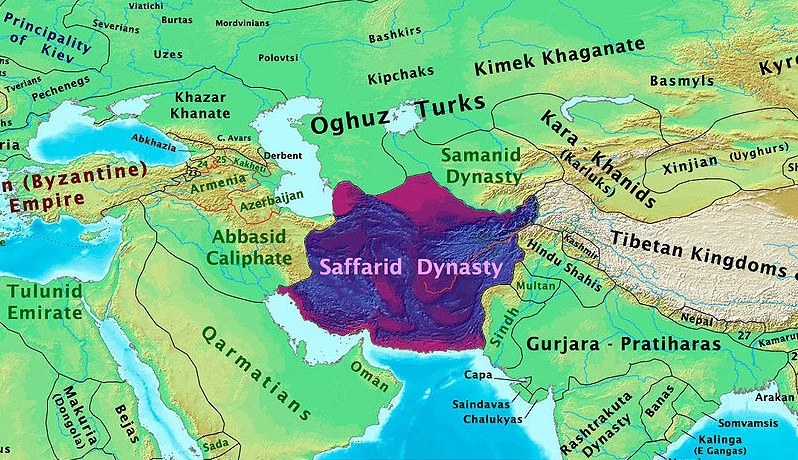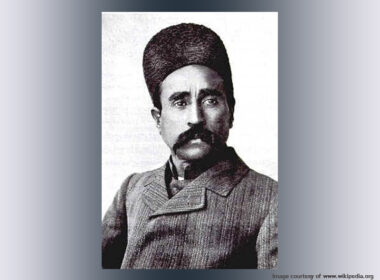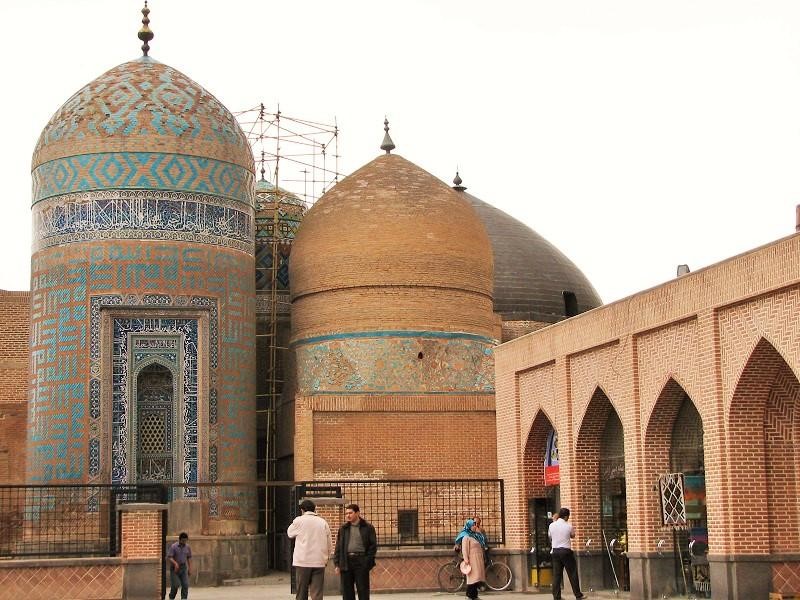
Shah Ismail rose to power in the early 16th century AD and founded the Safavid dynasty in northwestern Iran. He and his successors were followers of the great Sufi (mystic), Shah Ismail’s ancestor, Sheikh Safi al-Din Ardabili. He passed away three centuries before the Safavid dynasty gained the throne, but he remained popular and respected among the people. Sheikh Safi Al-Din Ardabili’s Shrine is considered one of the top historical monuments among Ardabil tourist attractions.
This is the burial site of Sheikh Safi al-Din Ardabili, Shah Ismail and several other nobles of the Safavid era. The complex is named after the Sufi, inscribed as a UNESCO World Heritage Site titled Sheikh Safi al-din Khanegah and Shrine Ensemble in Ardabil.
Sheikh Safi al-Din was the disciple and son-in-law of Sheikh Zahid Gilani, founder of the Zahedieh Sufi order, who was considered the wali (grand master) of many Iranian Sufis. Sheikh Safi was the spiritual successor of his Sunni grandmaster and was chosen to lead the order of Zahedieh (asceticism). After that, as the religious and spiritual leader of his time, he transformed the order into “Safaviyya”.
Ismail I, the Descendant of Sheikh Safi al-Din Ardabili
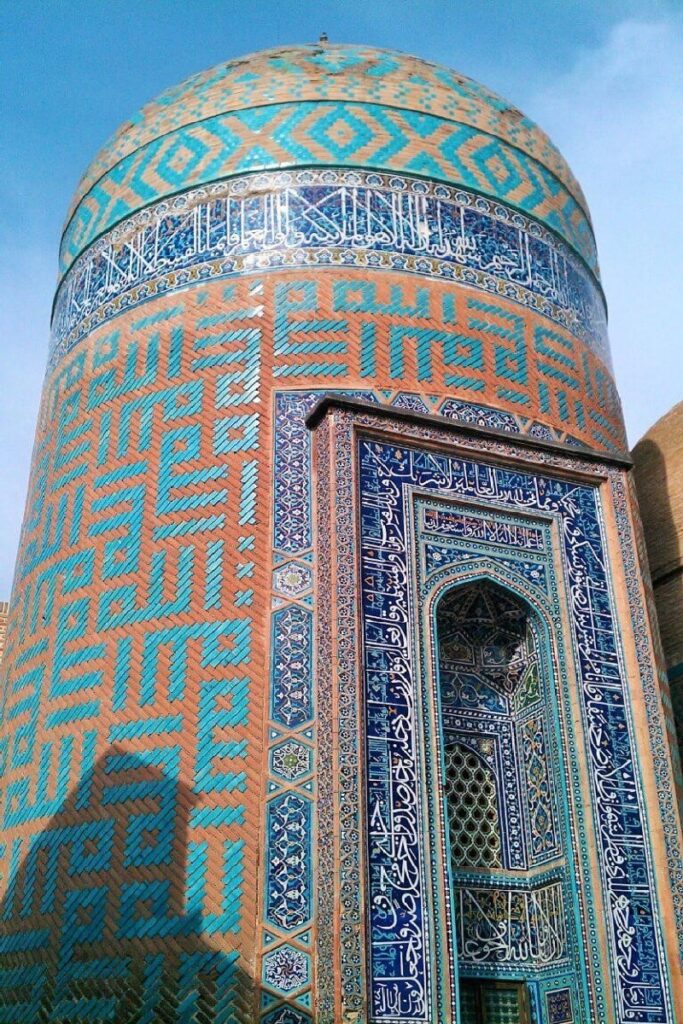
Sheikh Safi al-Din Ardabili was born in Ardabil about 7 centuries ago, that is, nearly 300 years before the birth of Ismail I. Ismail was under his father’s Sufi teachings from his childhood and reached the position of a great Sufi at the age of 6. When he returned to Ardabil at 13, he had 7,000 followers.
At a time when invasions and foreign political influence had greatly weakened Iran’s domestic power, Shah Ismail unified Iran. The Arab invasion had led to Iran’s political decline, but the Safavid dynasty became Iran’s largest and most powerful government.
Shah Ismail brought together different regions of the vast Iranian plateau. The areas that were ruled by the powerful Iranian empires since the time of the Medes, including Azerbaijan, Armenia, Georgia, the North Caucasus, Kuwait, Iraq, Afghanistan and even parts of modern Uzbekistan, Pakistan, Syria, Turkey and Turkmenistan. They were integrated under the authority of Shah Ismail and Iran became a powerful nation again.
Sheikh Safi al-Din most likely followed Sunni Islam, But the great Sufis after him, who were his descendants, turned to Shia Islam. Shah Ismail changed the official religion of Iran from Sunni to Shia. This move distinguished Iranian national and religious identity and contributed to the territorial integrity of Iran. Many argue that this was a wise political move that consolidated Safavid rule in Iran.
Shah Ismail was also a prolific poet who wrote poems in Persian and Azeri languages. His artistic name was Khatai (a traditional style of Iranian illustration techniques).
Sheikh Safi al-din Khanegah and Tomb
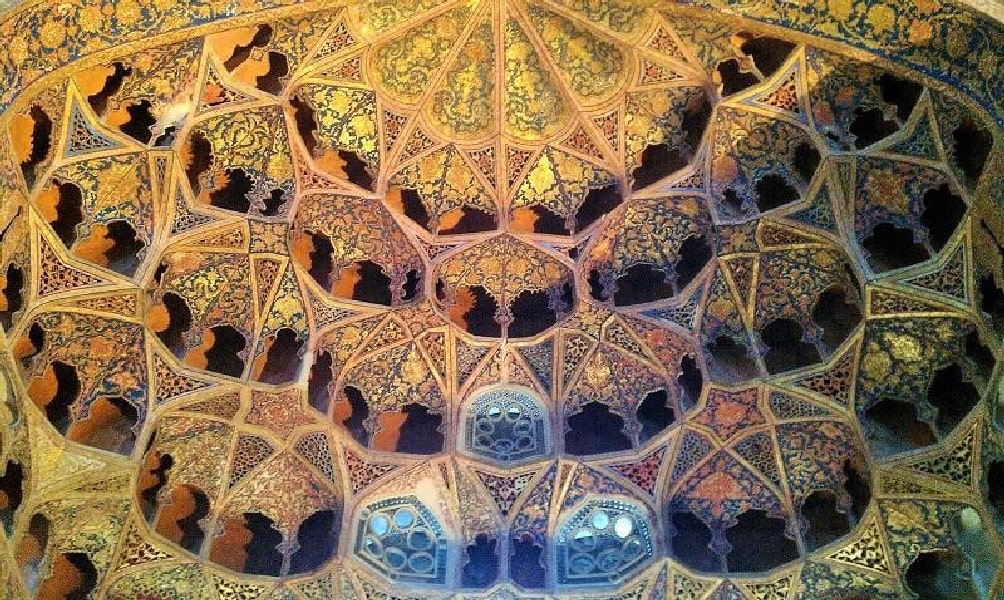
Khaneqah (Khangah) is a gathering location for the Sufi brotherhood dedicated to spiritual solitude or isolation. Khanqahs were sometimes only a small place of worship and sometimes a collection of buildings with different uses. Sheikh Safi al-din Khanegah and Shrine Ensemble in Ardabil which is registered with UNESCO, is a building complex that includes several sections with specific functions, which are:
- Mosque, shrine, library, hospital, water reservoir, kitchen, bakery and administrative rooms.
Iranians call the complex “Sheikh Safi al-Din Ardabili’s Shrine”. In addition to historical importance, this building holds special value in terms of Iranian architecture. Also, from the perspective of Islamic architecture, it is considered a turning point in the Safavid period.
Parts of this building were built when Sheikh Safi was alive. The Sheikh’s Khangah and residence were also located in this place, and later, according to his will, his body was buried in a room next to the Khangah, the garden, and the fountain house. Since then, this place has become sacred among people. Later, many nobles of the Safavid era, including Shah Ismail I and some of those killed in the Shirvan and Chaldiran battles, were buried in this place. During the reign of Shah Tahmasab I, the building was expanded and continued to be developed and furnished until the end of the Safavid era.
The construction of the Sheikh Safi al-Din Ardabili Khangah and tomb complex began in the 16th century and continued until the end of the Safavid dynasty in the 18th century. This complex is an Iranian architectural and artistic achievement, which became a model for all future Khangah built in Iran.
The ensemble consists of many sections, which we will briefly introduce below.
Entrance Gate
A large wooden doublet door on the west side of Ala Qapi Square is the current entrance to the shrine courtyard. But in the past, there was a door on the north of the square with an entrance facade decorated with tilework from the period of Shah Abbas II known as the Abbasi Gate. In 1942, the Pahlavi archaeology department blocked the entrance and moved the entrance tilework to the tomb’s storage.
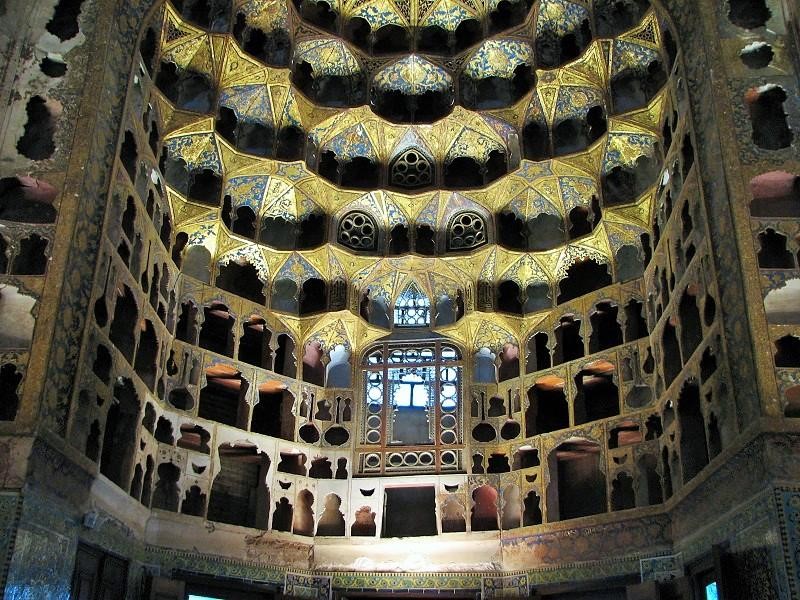
Courtyard
A large green courtyard at the entrance leads the visitors inside the building. Two pools in this courtyard likely date back to the Safavid era. The walls of the building are decorated with arches and niches in the wall.
Cheleh Khaneh (Solitude Room)
This part of the building is currently in ruins, But it is clear from its name that it was a place for the 40-day solitude ritual of Sufis. This place was destroyed after the Safavid era and became a place for ritual sacrifice.
Qandil-Khaneh Courtyard
This section is the main courtyard of the shrine. The floor of the Qandil Khaneh courtyard is covered with polished stones, and there is a 12-edged fountain in its center. The twelve sides may allude to the twelve imams of Shia Islam or the twelve sects of Qizilbash. In the past, a well next to the fountain supplied its water that is now blocked. On the west side of the courtyard is the Abbasi gate entrance we introduced in the previous section, and a wall decorated with mosaic tilework. This wall leads to small, two-story cells that were used for 40-day solitude in the past.
Qandil-Khaneh (Candelabrum Room)
Qandil-Khaneh is considered the main part of the shrine ensemble and was a place for reading and interpreting the Quran. This place was called Qandil-Khaneh because candelabra were installed to illuminate the room. The old ceiling of Qandil-Khaneh was demolished later and the current dome ceiling belongs to the Qajar period.
In the past, the exquisite “Sheikh Safi carpet” was spread on the floor of Qandil-Khaneh, which was reflected on the golden ceiling and created an enchanting atmosphere. Latif Karimov, a Russian artist, proves by citing reasons that this carpet is the masterpiece of Tabriz weavers and that Maqsood Kashani repaired it in 1539. He had woven his name and the repair date on the carpet borders and dedicated it to Sheikh Safi’s shrine.
In 1893, Sheikh Safi carpet was purchased by Ziegler & Co. in Tabriz. It was later purchased by another company, Winson Robinson. Finally, it was acquired by William Morris for the Victoria and Albert Museum in London.
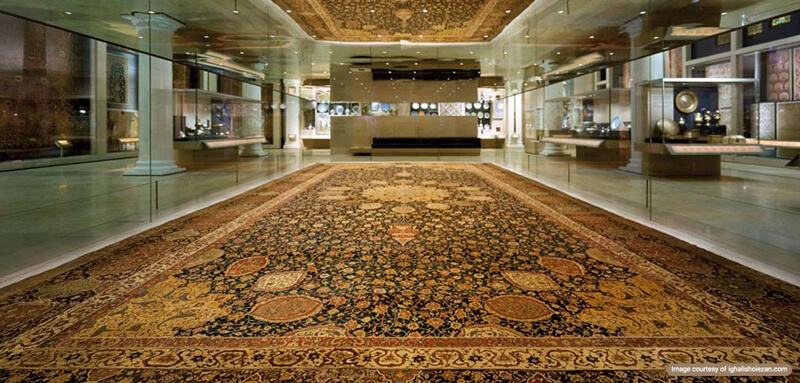
Janat Sara Mosque
On the north side of the main courtyard, there is a hall with large sash doors that lead to the Gentsara. Janat Sara Mosque is a large octagonal space without an altar. It seems that in the past, it was the gathering place of dervishes and the establishment of Sufi Sama ceremonies where dervishes meditate, sing and pray.
This building has been altered over time but there are no details about the process. It is possible that it was an open space in the past, which was covered during the period of Shah Abbas. The Qajar period ceiling has also been demolished, and after that, a brick dome was built for this mosque, which is considered the largest dome in the complex.
Chini-Khaneh (Porcelain Room)
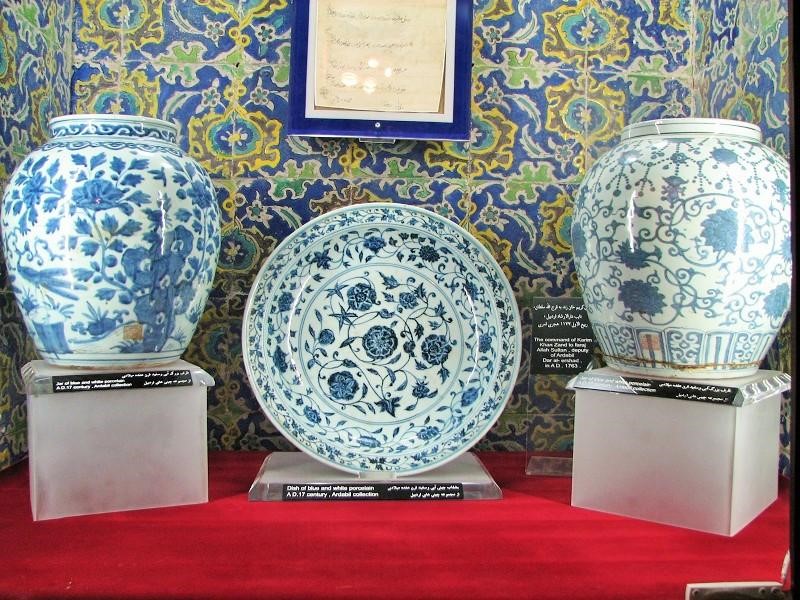
One of the old sections of the Sheikh Safi al-din Khānegāh and Shrine Ensemble in Ardabil is China Khaneh (Porcelain Room), which was built even before Qandil-Khaneh and Janat Sara. In the beginning, it was a gathering place for dervishes or a meeting hall. Later, during the period of Shah Abbas I, it became a place to store books and royal porcelain ware.
Chinese artists have made the porcelains of this collection on the order of Shah Abbas, all of which have the stamp “Dedicated to the shrine of Sheikh Safi by Abbas, the servant of Shah-e Wilayat (Imam Ali)”. Currently, some of these precious artifacts are kept in the Saint Petersburg Museum. In the first Pahlavi period, the remaining artifacts were transferred to the National Museum of Iran. Later, some porcelain ware was returned to the shrine and is currently kept in the Sheikh Safi Museum.
Tomb of Shah Abbas I
The tomb is a small room measuring 2.5 x 3.5 meters and it can be accessed from the Qandil Khaneh. Its ceiling is covered by a Pilpoosh (Squinch) dome. At the top of the ceiling, the arches create a star shape. The walls and ceiling of the tomb are covered with colorful tilework decorated with patterns of flowers and gold glaze.
The names of the holy Imams are engraved around the base of the dome on the white tile work in the Dirham Thuluth script. Five swords are installed on top of the dome, representing the five tribes that helped Shah Ismail gain the throne. The walls are covered from the floor to a height of about 1.7 meters with tilework designs called “Gazmagazi”. These tiles are azure blue and embossed with gold glaze.
On the tomb of Shah Ismail, there is an exquisite wooden box, which is said to be a gift from Homayun, the Gurkani (Moghul) king. The chest has decorations of ivory, ebony wood and red silk.
Allah Allah Dome
This dome is placed above the main tower in Sheikh Safi’s shrine and is the central element of the ensemble. The word Allah is repeated on the tilework of the tower, and therefore it is called the Allah Allah Dome.
The tomb tower has two north and south entrances, and the northern entrance was blocked after the construction of Qandil Khaneh, which is connected to the tower. The southern door, which is called Qabusi Qiblah or Qibla Door, was once the main entrance to the shrine, which was abandoned after the construction of Qandil Khaneh. It is believed that the Sheikh’s tomb was without a dome or a conical dome, as was customary in the 8th and 9th Hijri centuries (1400-1500 AD), and a dome was built over it later during the Safavid era.
The interior of the shrine is octagonal and the sheikh’s grave is in the center. The grave is covered with an exquisite wooden box, which was jewel-laden in the past. In the south of the grave of Sheikh Safi al-Din is the grave of Sheikh Haider, the father of Shah Ismail, which is covered with a wooden box. The graves of some other great Sufis are also located in this place.
Haram Khaneh
This section is located on the eastern side of the Qandilkhaneh palace and is called Haram Khaneh because it was the burial place of Sheikh Safi’s wife and the Safavid women. Sheikh Safi al-Din Ardabili built this building to bury his wife and daughter and the wife of Sheikh Zahed Gilani. There are ten graves in this place. According to the old photos, the dome of the shrine was standing at least until 1936. It was later destroyed in 1957, and another dome was built in its place.
Shahidgah (Martyr’s Burial Site)
The open ground, which was larger in the past and a place for public burials, is called Shahidgah. During the reign of Shah Ismail I, the fallen soldiers of the Shirvan battle were buried in this place.
Sheikh Safi Al-Din Ardabili’s Shrine, the Ensemble of Art and History
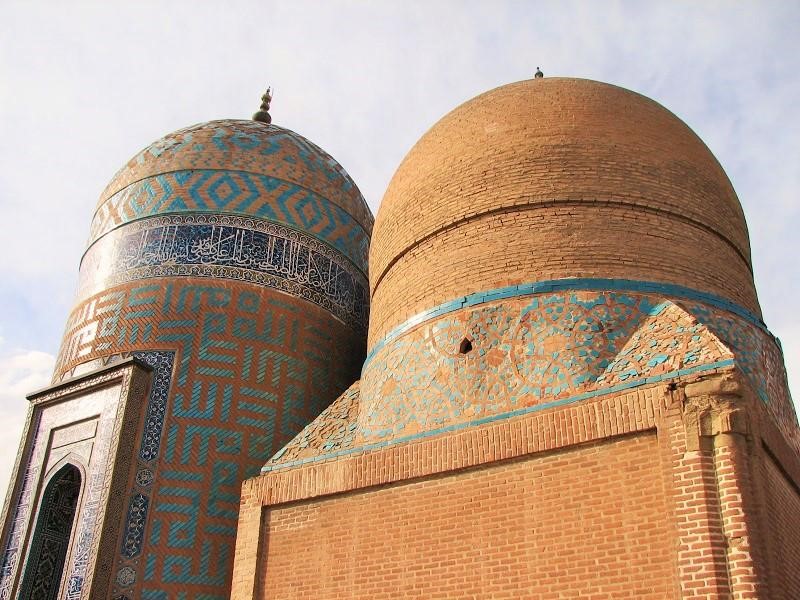
Sheikh Safi al-Din Ardabili’s shrine combines architectural beauty and religious awe and creates a unique ensemble. The dark blue tilework, the gold-covered interior ceiling and the allocation of space to various functions, in a building plan with a detailed and proportional design, have turned it into a unique ensemble.
Safavid architecture is the offspring of its predecessor’s styles, the Ilkhanate and Timurid architecture. Therefore, their art and architectural features are distinguishable. Pleasant decorations and vast interior sections in the Sheikh Safi al-Din Ardabili Khanegah and Shrine ensemble show the novel style of architecture in this period.
The religious, cultural and social influence of the Safavid period led to the creation of Safavid architecture. Other Sufi shrines that were built after this period were highly inspired by this style.
Sheikh Safi al-Din Ardabili’s Shrine is an exquisite complex favored by tourists visiting the northwest of Iran. A magnificent ensemble of buildings with halls, featuring turquoise domes that have hosted Safavid kings, princes and Sufis.
Where is Sheikh Safi al-Din Ardabili’s Shrine?
To visit this shrine, go to Ali Qapa Square in Ardabil or use the location of Sheikh Safi al-Din shrine below:
Frequently Asked Questions About Sheikh Safi Al-Din Ardabili’s Shrine
If the answers to your possible questions are not among the questions below, ask them in the comments section of this section so that we can answer them as soon as possible.
What is a Khanegah?
The Khanegah was a place for Sufis to live, learn and hold spiritual gatherings. Sufis who were looking for spiritual progress used these places for enlightenment and education.
What is the story of the Ardabil Carpet or the Sheikh Safi al-Din Ardabili carpet?
This carpet was woven for this tomb in the 16th century and has an exceptional design. Master Maqsood Kashani repaired and dedicated it to the Shrine of Sheikh Safi. Unfortunately, the carpet of Sheikh Safi al-Din Ardabili’s shrine suffered a lot of damage in a severe earthquake. An English company bought it and today this carpet is in the “Victoria and Albert” museum in London.
Why are the manuscripts of Sheikh Safi al-Din library in the Saint Petersburg Museum?
In the series of wars that occurred between Iran and Russia during the Qajar era, Ardabil was lost and the Russians looted all the manuscripts of this library. These copies are now kept in the Saint Petersburg Museum.
According to Sheikh Safi al-Din Ardabili’s family tree, he is the ancestor of which dynasty?
Sheikh Safi al-Din Ardabili is the ancestor of the Safavid dynasty. These kings also owed part of their popularity to this sheikh, who had a special status among the people.
The architecture of Sheikh Safi al-Din Ardabili’s Shrine has the characteristics of which period?
This building displays a collection of architectural art, tilework, mosaic and perforation from the Ilkhanate to Safavid periods.


